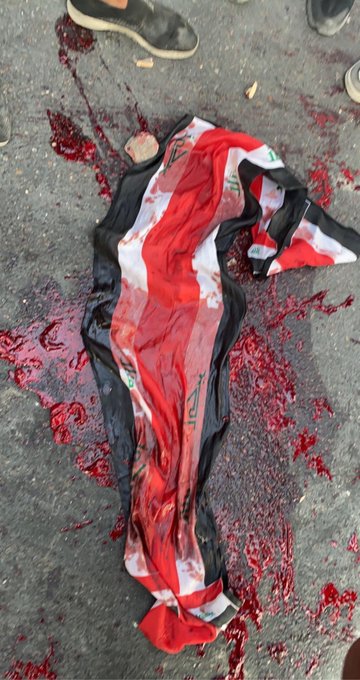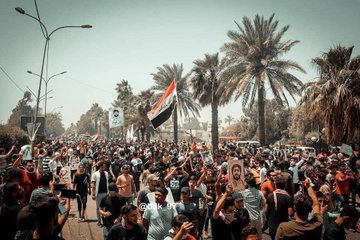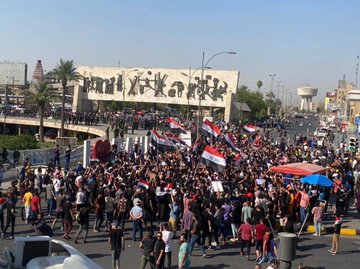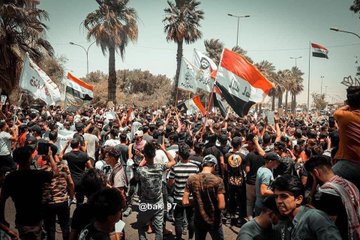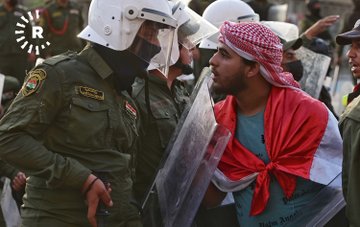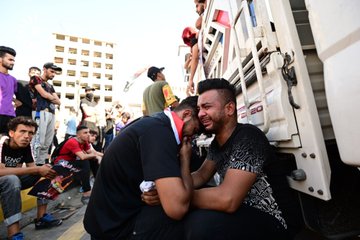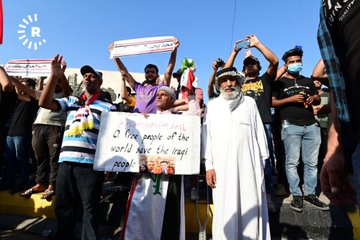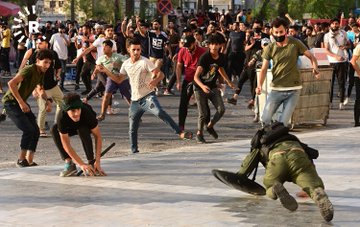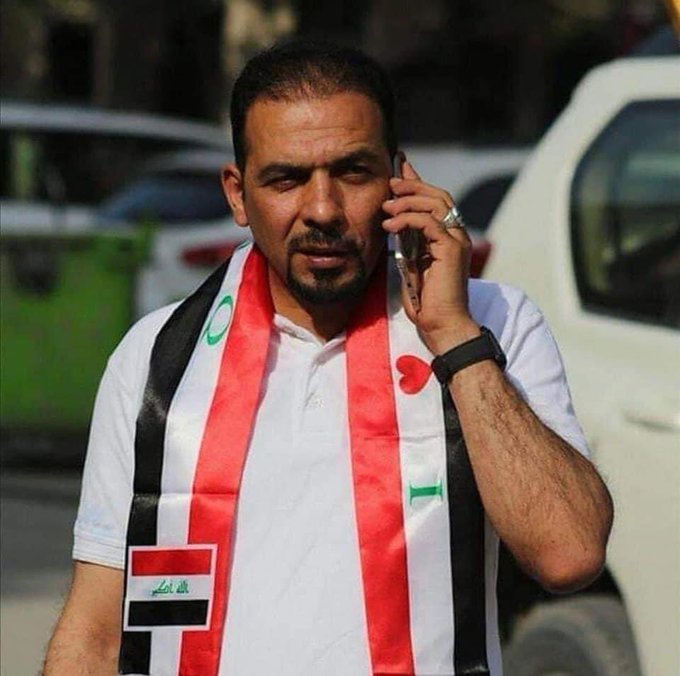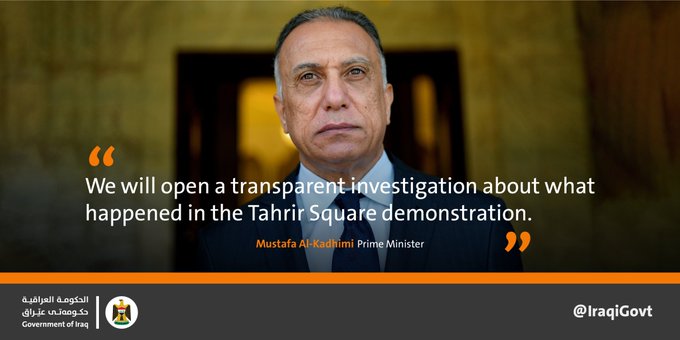A new map of dark matter in the local universe reveals several previously undiscovered filamentary structures connecting galaxies. The map, developed using machine learning by an international team including a Penn State astrophysicist, could enable studies about the nature of dark matter as well as about the history and future of our local universe.
Dark matter is an elusive substance that makes up 80% of the universe. It also provides the skeleton for what cosmologists call the cosmic web, the large-scale structure of the universe that, due to its gravitational influence, dictates the motion of galaxies and other cosmic material. However, the distribution of local dark matter is currently unknown because it cannot be measured directly. Researchers must instead infer its distribution based on its gravitational influence on other objects in the universe, like galaxies.
“Ironically, it’s easier to study the distribution of dark matter much further away because it reflects the very distant past, which is much less complex,” said Donghui Jeong, associate professor of astronomy and astrophysics at Penn State and a corresponding author of the study. “Over time, as the large-scale structure of the universe has grown, the complexity of the universe has increased, so it is inherently harder to make measurements about dark matter locally.”
To finish my attempt at humor above, here's the Pet Shop Boys doing "Always On My Mind."
On dark matter, and dropping back to the Milky Way (noted earlier this week), Ryan Whitwam (EXTREME TECH reports:
The current scientific consensus is that a supermassive black hole lurks at the center of our galaxy. We know that’s true in other galaxies — there’s even photographic evidence of a black hole in M87. However, a new study suggests that the Milky Way might not have a black hole. The object, known as Sagittarius A*, may actually be a blob of dark matter, based on the properties of several objects spotted zipping around it. If true, this would have major implications for our understanding of the universe.
The problem is we can’t see Sagittarius A* (pronounced “Sagittarius A star”) directly, which is what you’d expect from a black hole. We can only infer its presence from the motion of objects around it, which do indeed appear to be under the influence of a very massive object. In the past, scientists have used the motion of objects like the star S2 to validate general relativity as they swung past the supposed black hole. But then there’s G2; this object, which may or may not be a cloud of hydrogen gas, flew past Sagittarius A* a while back, and it didn’t get torn asunder as expected.
Last year, a group of Italian researchers showed that the movement of S2 and G2 was also consistent with a different model, one in which the center of the Milky Way is inhabited by dark matter fermions. These particles are ultra-light, so they would not collapse into a black hole until there were about 100 times more of them. At the same time, they could cluster together in a dark blob and affect nearby objects with their gravity.
"Iraq snapshot" (THE COMMON ILLS):
Wednesday, May 26, 2021. At least two dead and hundreds injured in the Baghdad protest that took place Tuesday.
Yesterday, across Iraq, the people took to the streets to honor the many protesters who have been assassinated since The October Movement began in 2019. The government responded? By killing more of them.
And, no, Alanis, that's not ironic -- it's just tragic and criminal. Seth J. Frantzman (JERUSALEM POST) observes, "As if to show that there is complete impunity for killing civilians in Iraq, the forces shot the very people who were angry that people are being targeted and killed. In short: If you protest in Iraq they will shoot you. If you are an activist you will be hunted down by militias, many of them linked to Iran, and killed."
Jordan's ROYA NEWS notes, "Wednesday, the hashtag ‘Iraq is uprising’ topped the list of trending hashtags on Twitter after an Iraqi protester was killed Tuesday by security forces' bullets and at least 13 others were injured by tear gas following clashes that occurred due to mass protests that took place in Tahrir Square in Baghdad." This morning, #IRAQILIVESMATTER is trending on social media. Hawraa is among those using the hashtag:
As does Mohamed 2020:
Protests took place throughout Iraq (and Iraqis in Germany also demonstrated). The photos in Mortada's Tweet capture how large the turnout was in Baghdad:
RUDAW also offers photos testifying to the large turnout.
Jane Arraf (NEW YORK TIMES) sets the scene:
“Who killed me?” the signs asked, alongside images of dead men and women, among the roughly 80 Iraqi activists murdered since late 2019. Young demonstrators held aloft the posters in Baghdad’s Tahrir Square on Tuesday, illustrating both the enduring spark and diminished strength of Iraq’s anti-government protest movement.
The demonstrators (publicly) and Iraqi officials (privately) say they know who killed many of the activists: Iran-backed militias that have essentially crushed a grass-roots anti-corruption movement that blames Iranian influence, and the militias, for many of Iraq’s ills. In a country where militias — nominally a part of the security apparatus — operate with impunity, the killers have gone unpunished.
The several thousand young men gathered in Baghdad’s central square Tuesday constituted the biggest protest in the Iraqi capital since the anniversary last October of demonstrations in 2019 that swept Baghdad and southern cities and brought down a government. The movement is driven by anger at the government’s failure to make promised reforms, including curbs on Iranian-backed militias.
Suadad al-Salhy (MIDDLE EAST EYE) reminds, "Those protests, which erupted due to widespread corruption, a lack of jobs and an out-of-touch political class, resulted in the resignation of Prime Minister Adel Abdul Mahdi."
Mohammad Baker from the southern town of Diwaniya died in al-Kindi hospital from a gunshot wound in the neck, a medical source said.
Waving portraits of victims, gunned down with silencers by unknown assailants, the demonstrators converged on the Iraqi capital's main squares including Tahrir, as police were deployed in force.
"Revolution against the parties," they chanted.
"Who killed me?" banners read.
AFP notes these numbers, "Two Iraqis were killed and 28 others were injured in clashes Tuesday as thousands protested in Baghdad to demand justice over a wave of deadly attacks on pro-democracy activists and journalists." Of the two killed, Louisa Loveluck (WASHINGTON POST) explains, "One of the young men killed in Tahrir Square yesterday was born the year the US invaded Iraq. 18 years on, he was shot demonstrating against the corrupt and unaccountable political system that occupation helped install."
The killings never end. NRKHWND notes:
The assassinations refer strictly to those hunted outside of a protest. If you include the Iraqis that have been killed since this movement against corruption began in the fall of 2019, you are looking at hundreds.
FACEBOOK offers this translation from IHCHR:
AP quotes activist Kamal Jaban stating, "Today’s protests took place because the weak government did not keep its promises to bring the murderers to justice." Sofia Barbarani (ALJAZEERA) quotes activist Laith Hussein declaring of the demonstrations, "This is a response to a call of Ihab al-Wazni’s family … and to object against a political system that is not truly democratic but pretends to be. We want to get rid of the parties in power, [we want] real freedom, true democracy and to make radical changes to this system." Ihab was assissanted earlier this month. KIRKUK NOW Tweeted about him May 9th:
At their official Twitter feed, the Iraqi government offers:
Take that assertion seriously? With Mustafa's history of doing nothing?
Mina Aldroubi (THE NATIONAL) reports:
The human rights community for over a year has been warning the government that if there is no accountability for the horrific assassinations, kidnappings, threats and other attacks, the protest movement will not go away, Belkis Wille, a senior researcher on Iraq at Human Rights Watch said.
“Protesters will be more and more galvanised by calls for accountability and justice and people on the streets will continue to remain angry that their government has been completely unable to bring killers to account,” Ms Wille told The National.
“As long as accountability isn't delivered by the government I think that protests will continue,” she said.
Although the government has said that it has ordered armed forces to not use violence and live ammunition against protesters, that has not been the case.
“This instance really begs the question of the extent to which the prime minister can actually fulfil his role as commander in chief and to which security forces are actually doing what the prime minister is ordering them to do,” she said.
Amnesty's Donatella Rovera notes a paradox:
The following sites updated:



